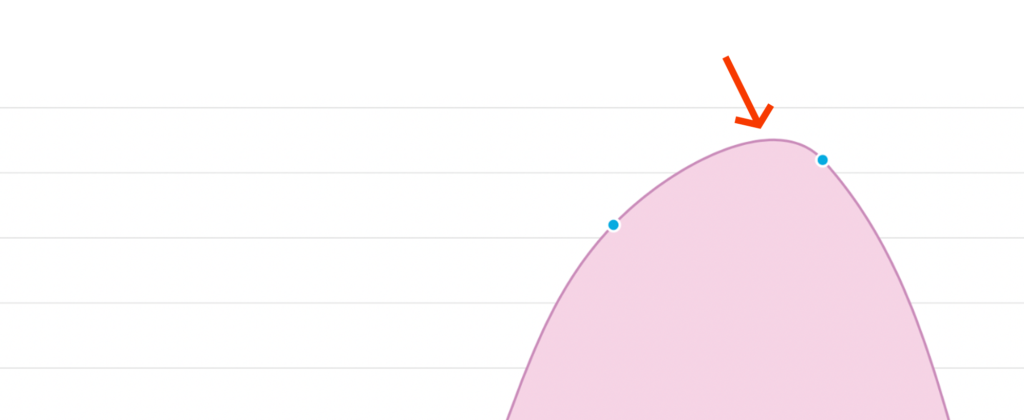How good are your detective skills?
Unfortunately, Lord Smithe has been murdered. Can you help the inspector find out who murdered him?
Do yourself a favor and watch the video first before you continue to read.
The video makes change blindness real. Change blindness is the phenomenon that we can’t detect changes if they are outside of our attention frame.
The ad allowed us to make that experience. We experienced how it feels like if we’re being change blind. (I bet that you didn’t see all 21 changes, did you?)
You are change blind. Just as I am.
Just as everyone else is.
Which is the crucial part: Our audience’s attention is just as scarce as ours. Overwhelming them with info or with a busy layout on our website will lead them to miss some of what we say. Or just think of all the overly busy PowerPoint slides that you’ve seen. We can only focus on one thing at a time, either listening to the speaker or reading the slides. And so, with busy slides, we’re almost guaranteed to miss parts of the presentation.
As a rule of thumb, the most useful assumption that we can make about our audience’s attention is that they can focus their attention on only one thing at a time.
Which means: We’re having a choice here. We can design the space, the medium, and the delivery in a way that we remain in control of where the attention goes.
Now, be honest, how many changes did you spot in the video?







